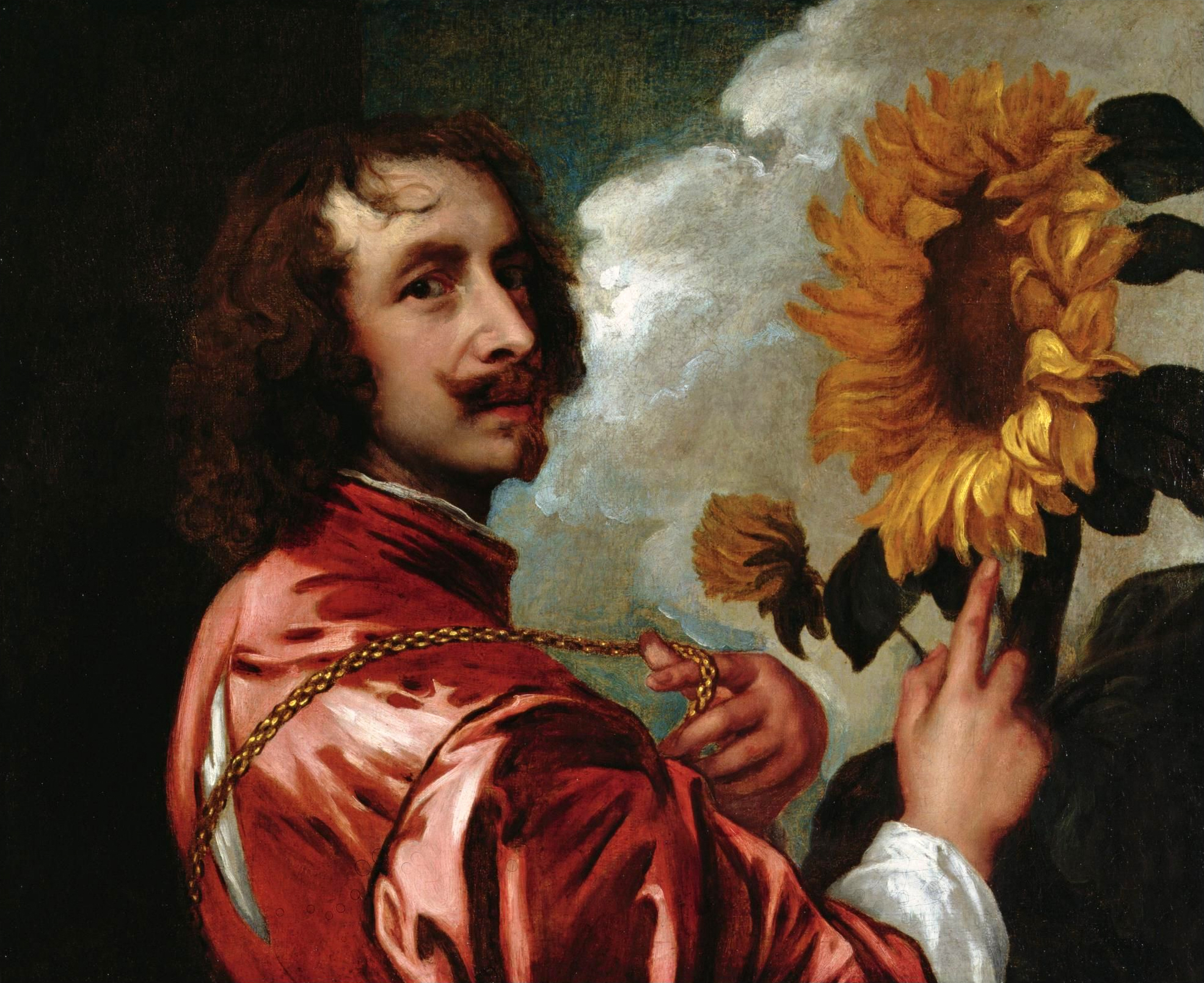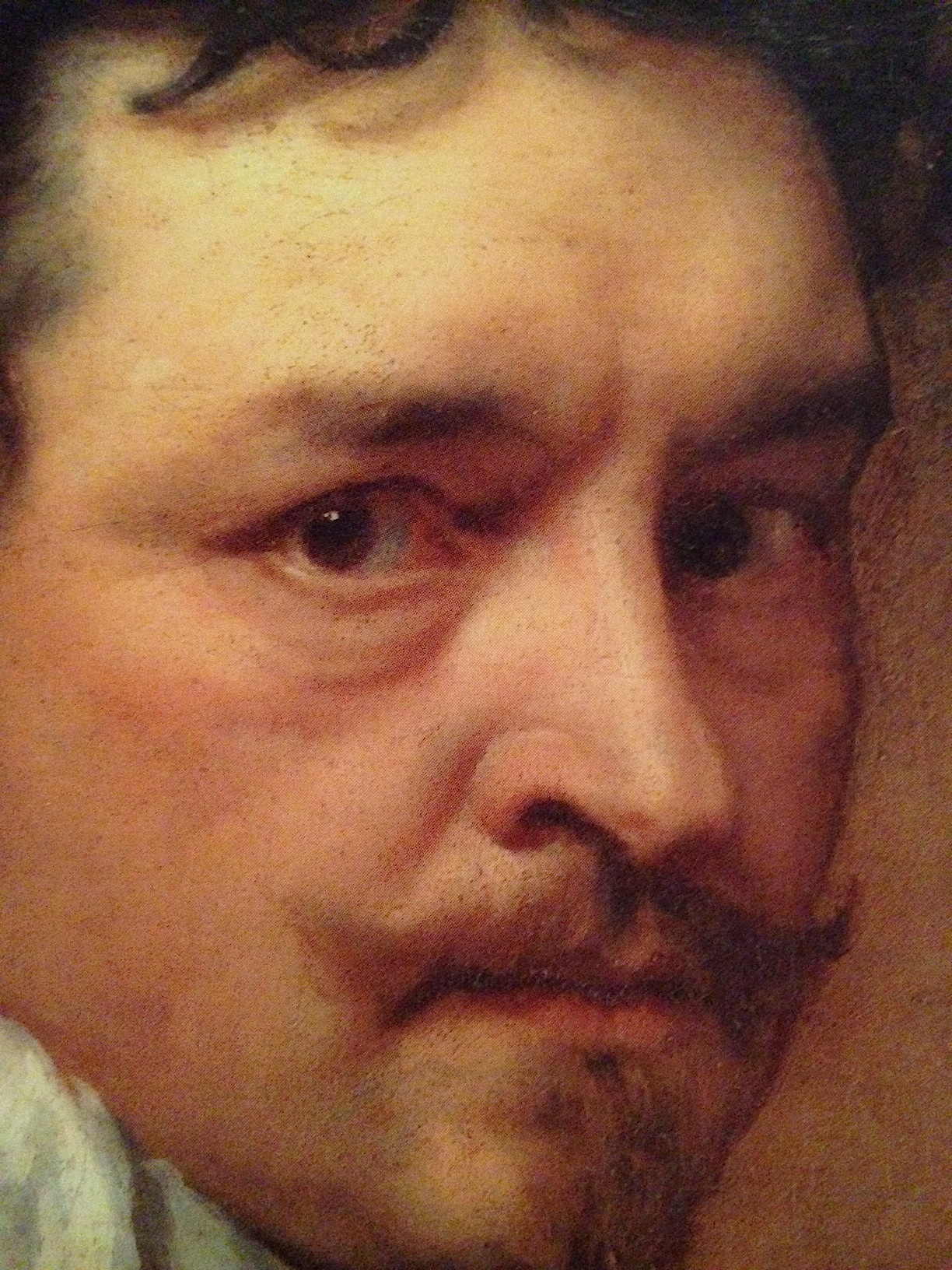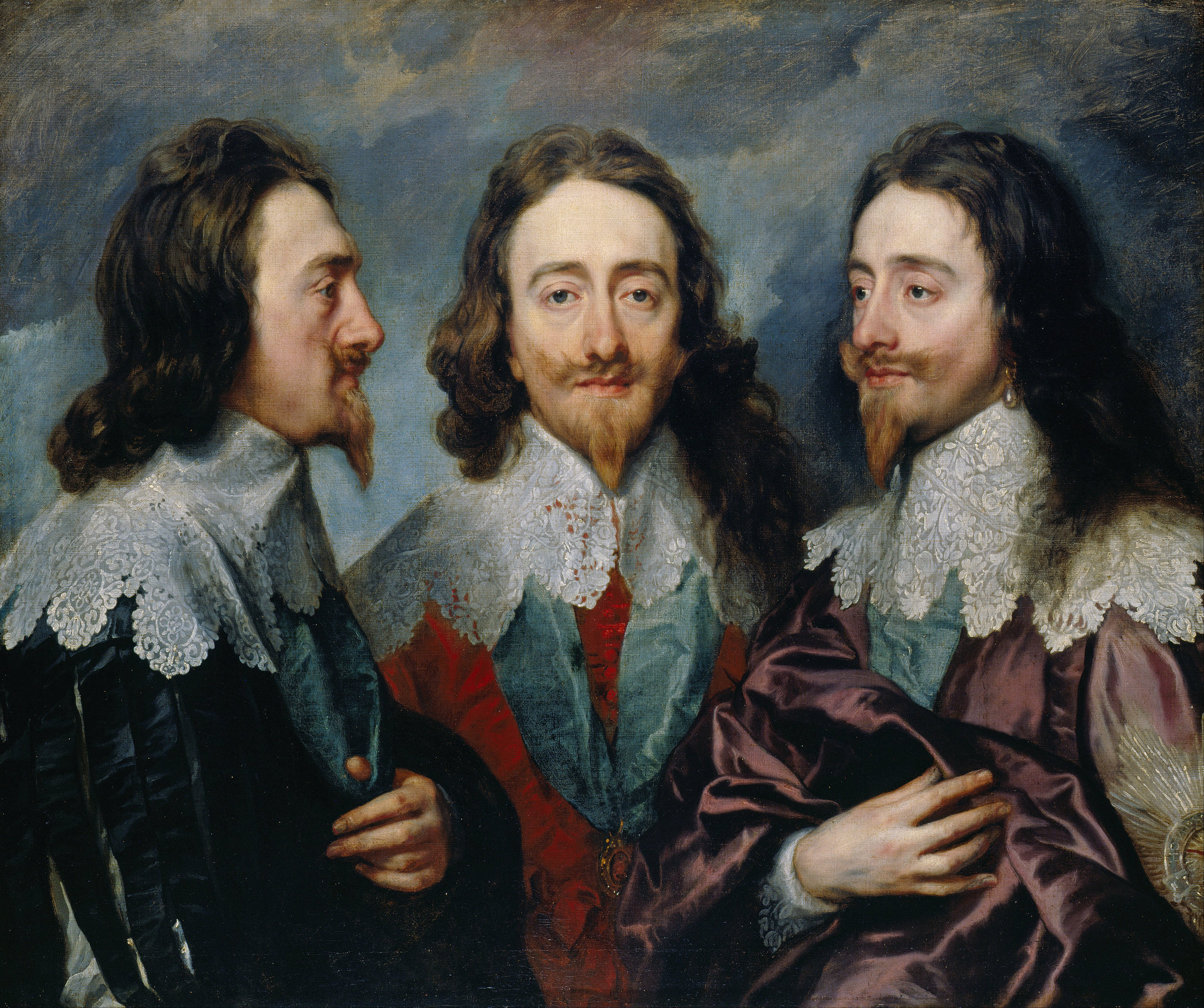The Eyes of Anthony van Dyck
Can the eyes in a portrait reveal the secrets in a person's character, or foretell their fate? Can a portraitist see through a person's eyes to the fears hidden behind them? In researching Thomas Wentworth, the first Earl of Strafford, for my book The Prince of Glencurragh, I am struck by my subject's eyes as captured by the eminent artist and portraitist of the period (1640s) Anthony van Dyck. The eyes are both striking and haunting with emotion as if the artist clearly saw through to Wentworth's inner feelings. And this was the artist's magic.

Born in Antwerp, van Dyck studied and painted throughout Europe before he moved to London in 1632, at age 33, to work for King Charles I.
"Van Dyck was now an artist with an international reputation and was widely traveled…He knew the art of pleasing distinguished and demanding patrons; he was equipped with a brilliant technique, and had at his command the whole repertoire of baroque painting. Above all, he possessed extraordinary imaginative powers, and, as a portraitist, an almost unequalled feeling for character and nobility of spirit," wrote Malcolm Rogers, in Anthony van Dyck 1599-1641, a catalog of work published for the artist's 400th birthday.

More than nobility, when I look into the eyes of Wentworth, I see anger, distrust, and a heightened fear. Wentworth began life in April 1593, the second son of a wealthy Yorkshire landowner, and ended as the closest advisor to the king. He is best known for his brief tenure as Lord Deputy of Ireland. He could not have known at the time the portrait was painted that he would be found guilty of treason by Parliament, for supporting the king's prerogative over the people's elected representatives, or that the king himself would sign Wentworth's death warrant. Wentworth was beheaded in 1641, and those eyes suggest he could see it all coming.
From that portrait, Macaulay's History of England described Wentworth this way: "That fixed look, so full of severity, of mournful anxiety, of deep thought, of dauntless resolution, which seems at once to forbode and to defy a terribly fate, as it lowers on us from the living canvass of van Dyke."
As Judy Egerton writes in the same book, "No portraits painted by van Dyck in England more brilliantly demonstrate his penetrating powers of perception than those of Charles I and Thomas Wentworth, Earl of Strafford, two sharply contrasting personalities."

Van Dyck completed many portraits of King Charles I, but no matter the pose, the king's eyes suggest sad resignation. Here is the king who fought Parliament to preserve the king's prerogative--basically his right to rule his kingdom through royal blood and divine right, without approval of Parliament--even though it led to a bloody civil war. But his eyes do not show the light of an impassioned leader, and sag as if he would rather close those lids than see what was coming. He and his Royalist army lost the civil war, and Charles was beheaded in 1649 by order of Parliament under the leadership of John Pym. Then the Parliamentary army, led by Oliver Cromwell, proceeded to Ireland to crush a bloody rebellion.
In addition to many portraits, van Dyck's paintings of courtly life and other settings do much to chronicle 17th century England. Van Dyck died in London in 1641 after a long illness. He was 42.